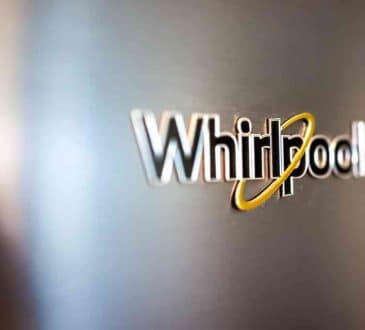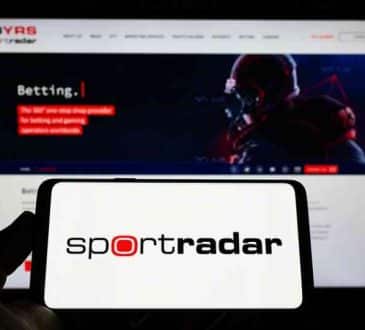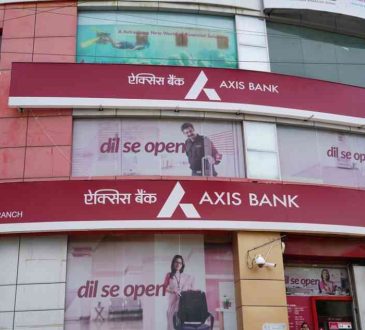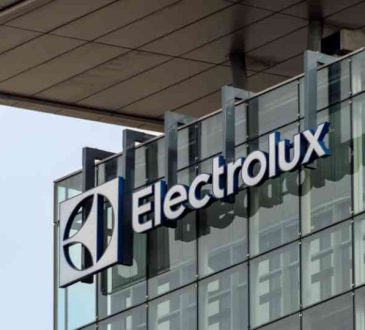Rebranding Disasters: How to Avoid the Sleepless Nights of a Rebrand

It’s worth noting in today’s deafening marketplace that the best brands have CEOs who know and leverage the role of branding. When embarking on a rebrand, this skill becomes even more crucial.
Stepping into the ring of rebranding? That’s like stepping into the ring with Mike Tyson in his prime. If you’re going to survive, you’ve gotta be bold, quick, observant.
But more importantly, you’ve gotta be smart. You’re not just tweaking a logo or slapping on a new tagline.
Nail the rebrand by being bold, real, and smart—and you’re seen as a genius and golden goose. Because, in crowded markets, to blend in is to be invisible.
Screw up and it’s not just a matter of losing face—it’s pushing away the very people who rely upon you and fuel your fire.
This is the new battle plan for dodging bullets and not being the casualty of good intentions gone wrong.
The Branding Fundamentals Not Taught to CEOs
There a sequence that accompanies the best brands in the world.
Branding is done first.
Before marketing. And before sales.
Because branding isn’t lipstick. It’s differentiation.
Differentiation against the noisy world out there.
So when it comes to rebranding, it’s vital to know how to do it well.
But before one can look at how to do something well, it helps to first see what happens when rebranding is done poorly.
And nobody is immune to how badly it can be done.
Take some of the wealthiest brands in the world, and even they made some very costly mistakes:
New Coke Loses Its Fizzle
Remember New Coke? That was a disaster. In 1985, Coca-Cola thought, “Hey, let’s change the formula.” Consumers said, “No thanks.”
Coca-Cola never revealed how much money was lost from its short-lived New Coke blunder.
The New York Times reported that, in addition to the $4 million Coke spent on research and marketing, the company lost roughly $30 million due to unsold New Coke inventory.
In the end, Coke was forced to revert to its original formula within three months due to their significant drop in market share.
Weight Watchers Loses Its Stamina
When Weight Watchers rebranded in 2018 and became WW, it experienced a significant decline in its market performance.
They dropped their name for initials WW like they were launching a secret spy organization.
The company’s share price fell by 30% in the month after it announced the name change.
The effect was a drop of 600,000 subscribers in six months accompanied by a downturn in Q4 earnings and a catastrophic 34% nosedive in stock valuation.
In a word, the rebrand focused on design with no new narrative to explain why. Not even Oprah could save that ship from sinking.
A Place Where No Universe Could Rebound
When Facebook tried to reinvent itself as META, it was a swing for the fences.
To many, it was a desperate attempt to misdirect given Facebook’s street crew was eroding faster than a teenager’s patience at a family gathering.
So the META rebrand came off like a desperate distraction, an attempt to grab at what seemed like the next wave of digital evolution.
The lesson? You can’t outrun bad press or skepticism. Billions in market value? Poof. Gone.
It was like trying to sell a winter coat to someone living on the equator.
In financial terms, it was a tough pill to swallow with billions wiped off market value proving that even giants (with deep pockets) can falter when they try to run before they’ve figured out how to walk in new shoes.
Some even reported that Meta’s Reality Labs unit recorded a $4.28 billion operating loss in the fourth quarter, bringing its total loss for 2022 to $13.72 billion.
How to Not Be the Next Rebranding Disaster
Besides the above catastrophes, here are three final ones worth mentioning:
- JC Penney’s rebrand in 2012 led to a 25% drop in sales, equating to a loss of approximately $4.3 billion.
- In 2010, Gap’s rebranding cost the company $100 million which was so poorly received that Gap reverted to its original logo within 6 days.
- And no list would be complete without the disastrous Tropicana rebrand. Tropicana’s 2009 rebranding resulted in a 20% drop in sales, equating to a loss of $30 million.
Tropicana’s annual revenue with its prior branding and packaging exceeded $700 million.
The new packaging led to a significant decrease in sales within two months, prompting Tropicana to revert to the original packaging.
The rebranding initiative cost Tropicana more than $50 million in total, including the rebranding costs and the loss in sales.
5 Steps to Take to Avoid Branding Hell
The sequence most teach skip key steps and result in misfires that are costly and avoidable. Here are 5 steps to navigate your way to rebrand success:
- Assess the noise in the market. Stop asking people internally what they think. That’s not where your brand ultimately lives. It’s out there.
- Take inventory of the cliches. Cliches are redundant, regurgitated and repackaged ideas that lack originality and anything to garner attention in the noisy world. Take inventory of climes in your space, and eliminate them from your narrative.
- If you’ve heard it before, so have they. Remember, you’re human. So are your customers. Embrace your humanity, and talk like you’re a neighbor, not a company.
- Use design to amplify, not decorate. Design is often looked at cosmetically asking questions like, “Do I like this?” Instead, the question one should ask is, “Does this stand out against the noise and does it compelled easily distracted eyes to pay attention?”
- Realize that “different is better than better” Branding is a game of differentiation. Rebrands are done because what once differentiated a company now no longer achieves that end result. Things have changed. People have pivoted. Needs have evolved.
In short:
- Assess the Noise.
- Treat Clichés As Your Enemy. They are.
- Humanize Your Brand.
- Design with Purpose.
- Differentiate or Die.
Understanding those 5 fundamentals, rebranding will be much easier, and built on a much more stable foundation.
Written by David Brier.
Have you read?
These US cities have households earning more than $90,000.
The 30 Best Real Estate Markets in America for 2024.
These Are the Weapons the US Sold to Taiwan.
These Are The Cheapest Places To Buy a Home in Every State, 2024.
Hollywood A-Listers Unforeseen Box Office Flops.
Add CEOWORLD magazine to your Google News feed.
Follow CEOWORLD magazine headlines on: Google News, LinkedIn, Twitter, and Facebook.
This report/news/ranking/statistics has been prepared only for general guidance on matters of interest and does not constitute professional advice. You should not act upon the information contained in this publication without obtaining specific professional advice. No representation or warranty (express or implied) is given as to the accuracy or completeness of the information contained in this publication, and, to the extent permitted by law, CEOWORLD magazine does not accept or assume any liability, responsibility or duty of care for any consequences of you or anyone else acting, or refraining to act, in reliance on the information contained in this publication or for any decision based on it.
Copyright 2024 The CEOWORLD magazine. All rights reserved. This material (and any extract from it) must not be copied, redistributed or placed on any website, without CEOWORLD magazine' prior written consent. For media queries, please contact: info@ceoworld.biz
SUBSCRIBE NEWSLETTER








